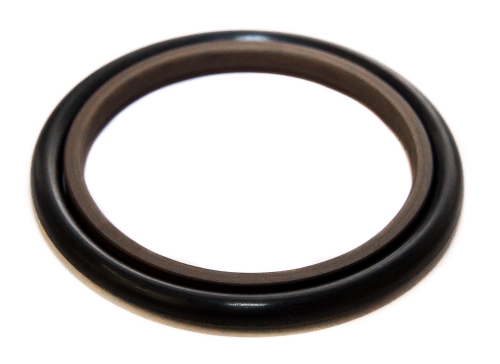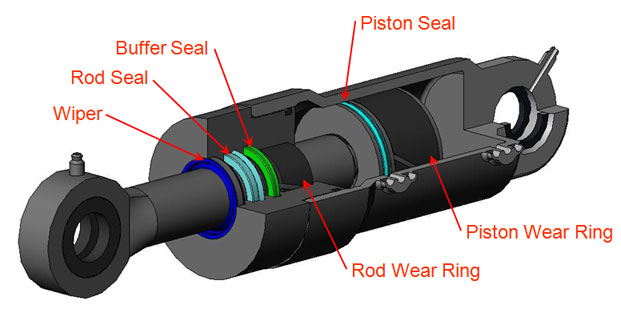Hydraulic Seals and When They Fail
You may have seen a fairly soft, rubbery ring inside pistons, beneath the toilet, and even at the base of a bowl for the kitchen table. These rings play a lot of different roles, and some of the most demanding roles are in hydraulic or pneumatic systems. These seals often ensure the correct machinery positioning and prevent contamination by stopping anything from getting into a gap.
What Seals Do
A good example of this occurs in the use of hydraulic cylinders that hold some type of fluid. Maybe different fluids are in various containers, or perhaps maintaining the purity of the fluid inside is paramount. Hydraulic seals may be static or dynamic. Static seals are positioned between parts that don’t move, such as a piston and a piston rod; and dynamic seals are found between moving parts, such as piston rod and a cylinder bore. In any of these cases, the enduring quality of the seals is crucial.

A Closer Look
There are many types of seals found within a hydraulic cylinder, including piston seals, rod seals, wiper seals, guide rings, and buffer seals, for instance. There are many variations in the shape, size, construction, and use of these rings, but they tend to face common sources of failure. One example of this is deterioration; the seal loses its elasticity, becomes cracked, and may eventually crumble away. Other sources of failure include extrusion, fracturing, grooving, hardening, scarring, swelling, and, of course, normal wear and tear. For the best maintenance results, it’s important to catch seal failures as soon as possible.
Seals and Wipers
One common mistake people make when maintaining hydraulic cylinders is confusing the hydraulic seal with a wiper. A convenient way to avoid confusion between which is which and how to use each is to replace both when a seal fails. Trying to replace a seal with a wiper will lead to further damage.
Seals are vital components of the machinery that keeps stuff in, such as fluids, gasses, or pressure. Improve the safe operation of your cylinders by properly maintaining and repairs these seals as needed.

